Earthville Stories
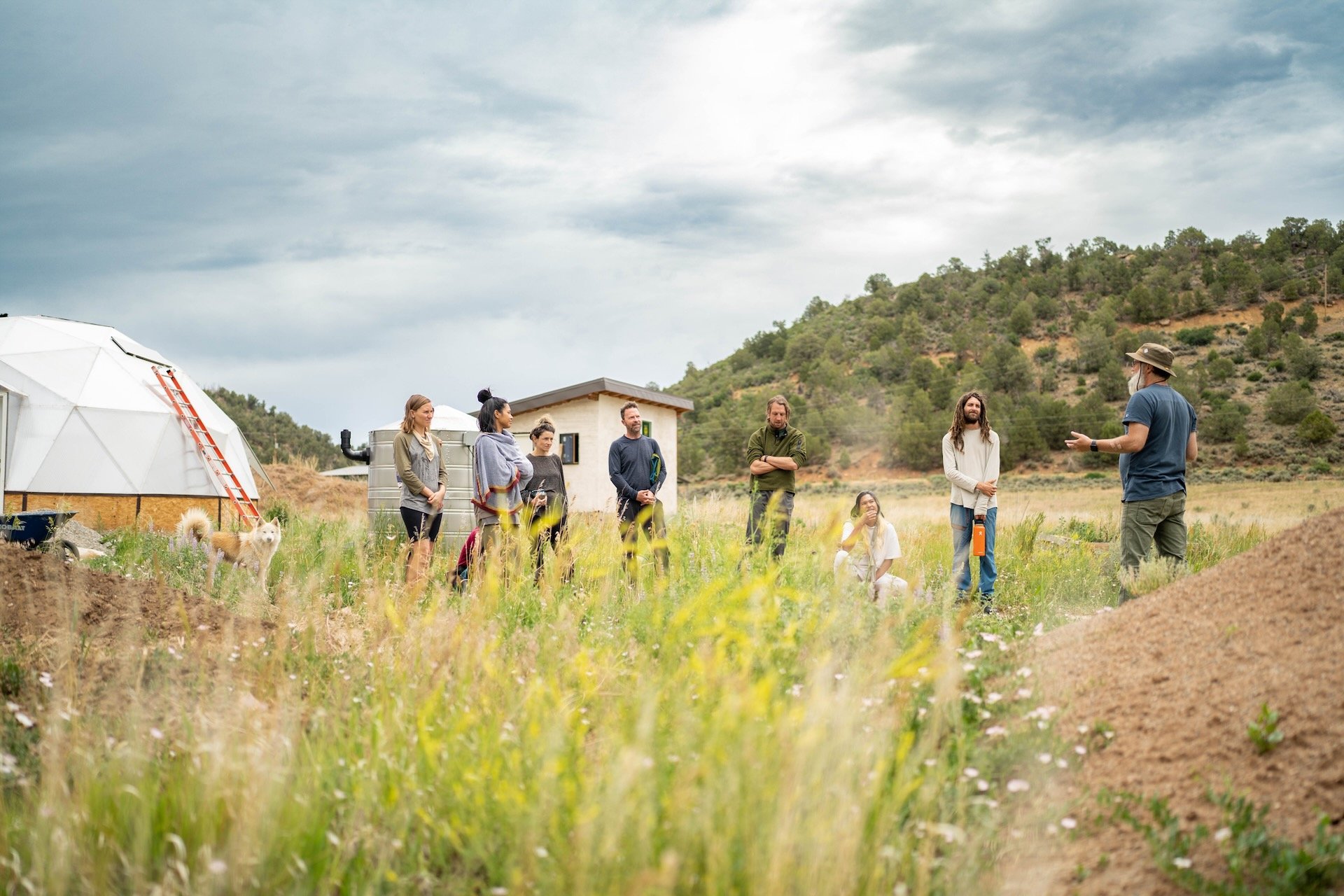
Reflections on Summer of Sustainability 2024
Reflections on Earthville Institute’s first summer-long residential program exploring sustainable and compassionate living, and our third annual Touching Earth workshop.
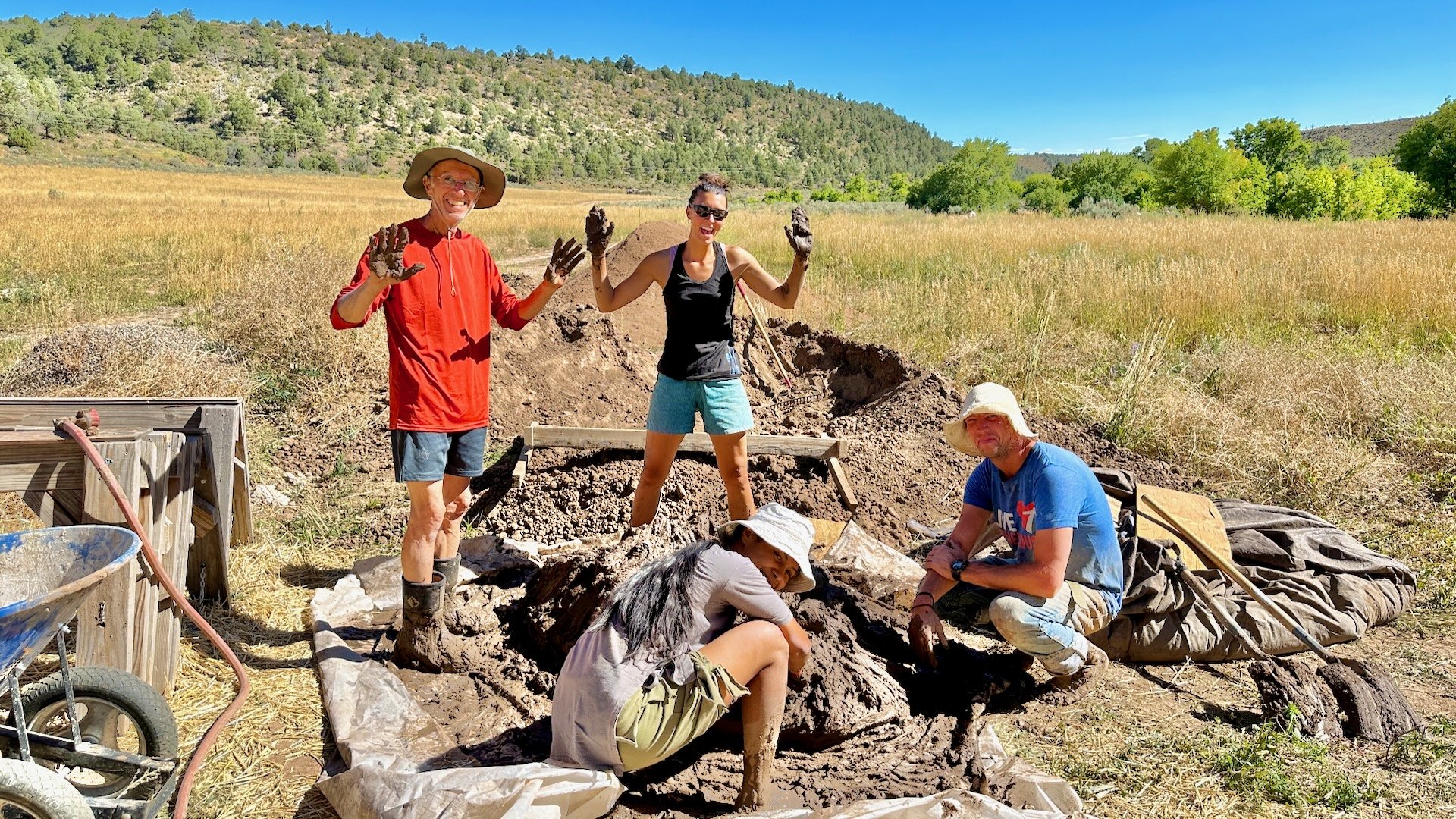
Reflections on Touching Earth 2023
Following up on the success of last-year’s 27-day Natural Building and Inner Exploration Workshop Series, we opened the doors again this year to make the ongoing construction of our Colorado eco-campus available as a learning opportunity for anyone wishing to explore earthen building and our relationship with nature.

Straw-bale Buildings Rising!
We’re delighted to report that our 27-day Natural Building and Inner Exploration Workshop Series has wrapped up with results that surpassed even our lofty aspirations. Over the month, around 100 people joined us from across the US and beyond for learning, building, reflecting, and connecting.
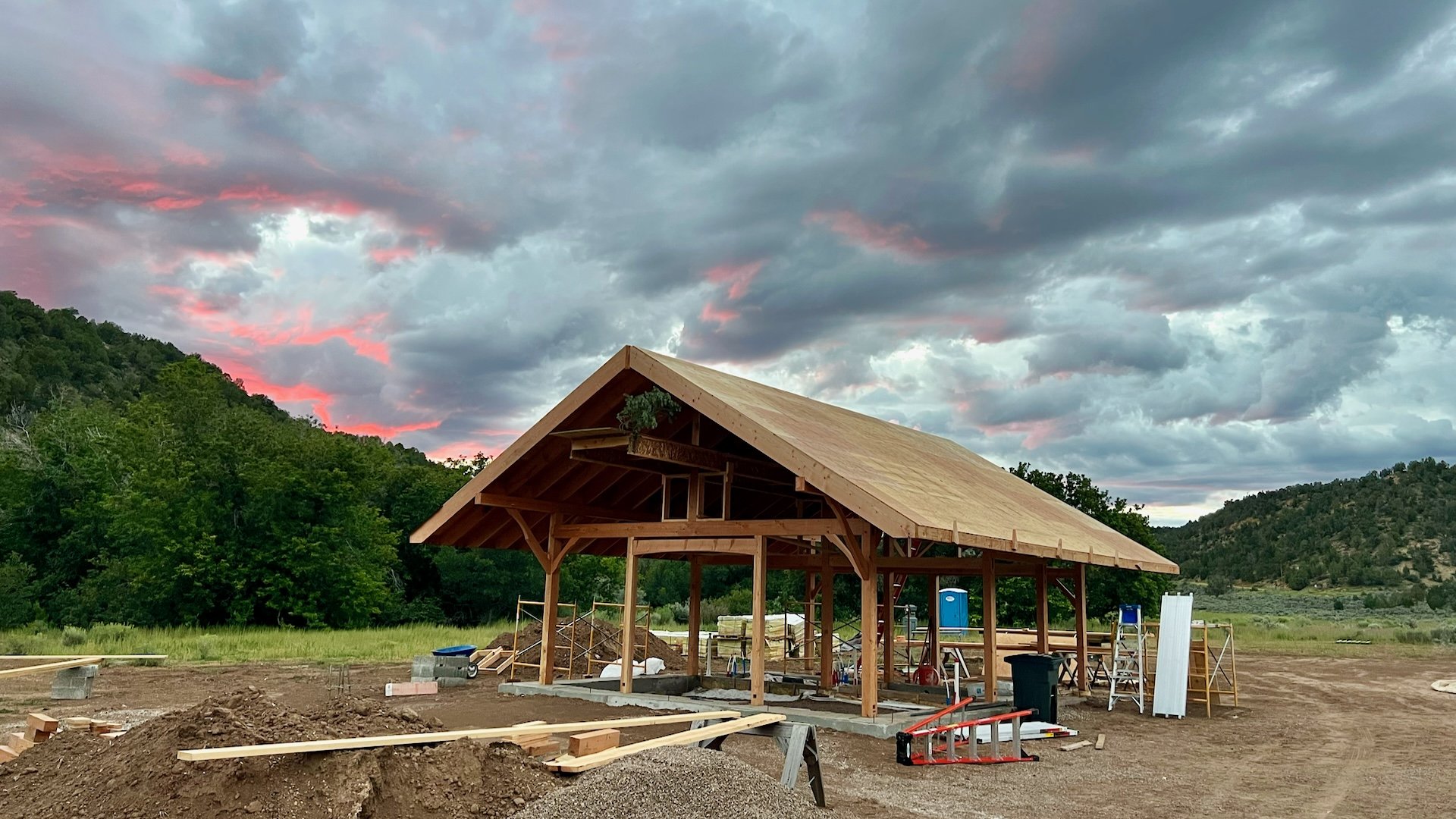
Traditional Timber Framing
In preparation for Earthville Institute’s inaugural 27-day Natural Building and Inner Exploration Workshop Series in 2022, Earthville’s cofounders set out on a mission to add traditional mortise-and-tenon timber framing to their natural building repertoire, embarking on a grand adventure with Robert Laporte of EcoNest.
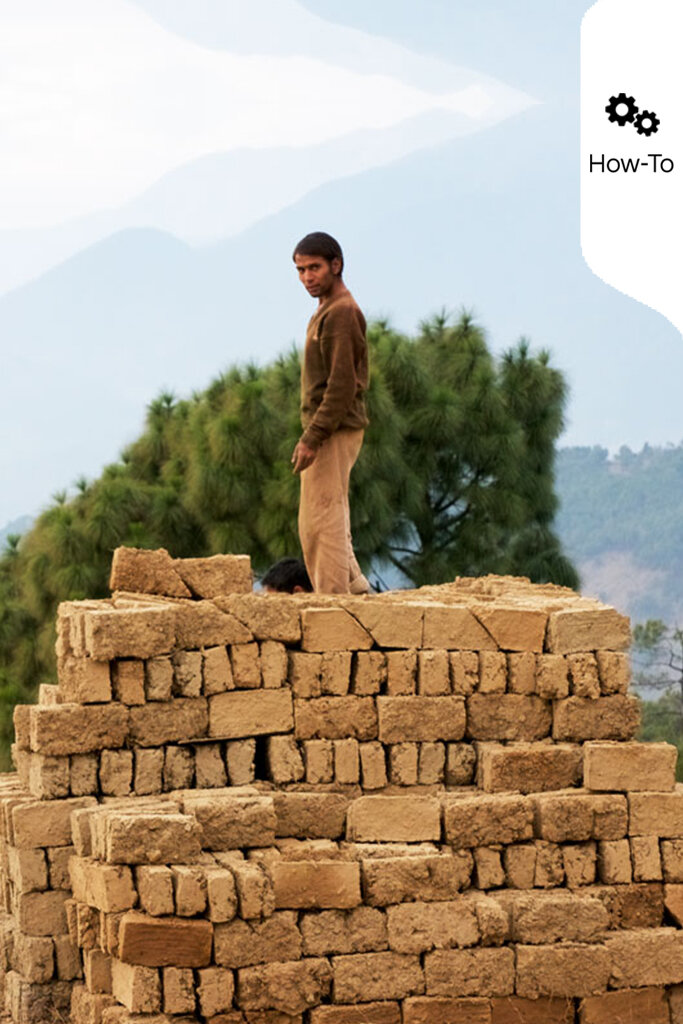
How to Make Himalayan-style Adobe Bricks
Dharmalaya Institute’s localized recipe for Kangra-style Himalayan mud bricks. Building an adobe structure that will stand the test of time begins with using best practices for each individual brick. As the saying goes, “a chain is only as strong as its weakest link.” The same is true, to an extent, for buildings.

Introduction to Earthen Building
There are as many techniques for building with locally available natural materials as there are traditional cultural groups. Throughout human history, each culture has used materials differently depending on their context and its particular challenges, and on the relative strengths and differing properties of the materials available on or near their sites. But one thing most of them have in common is the use of soil — the earth beneath our feet.

Pedagogy of the Heart: Education for Compassion
Earthville founder Mark Moore discusses the power of contemplative experiential education and service learning to awaken compassion and help empower sensitive and effective agents of change.
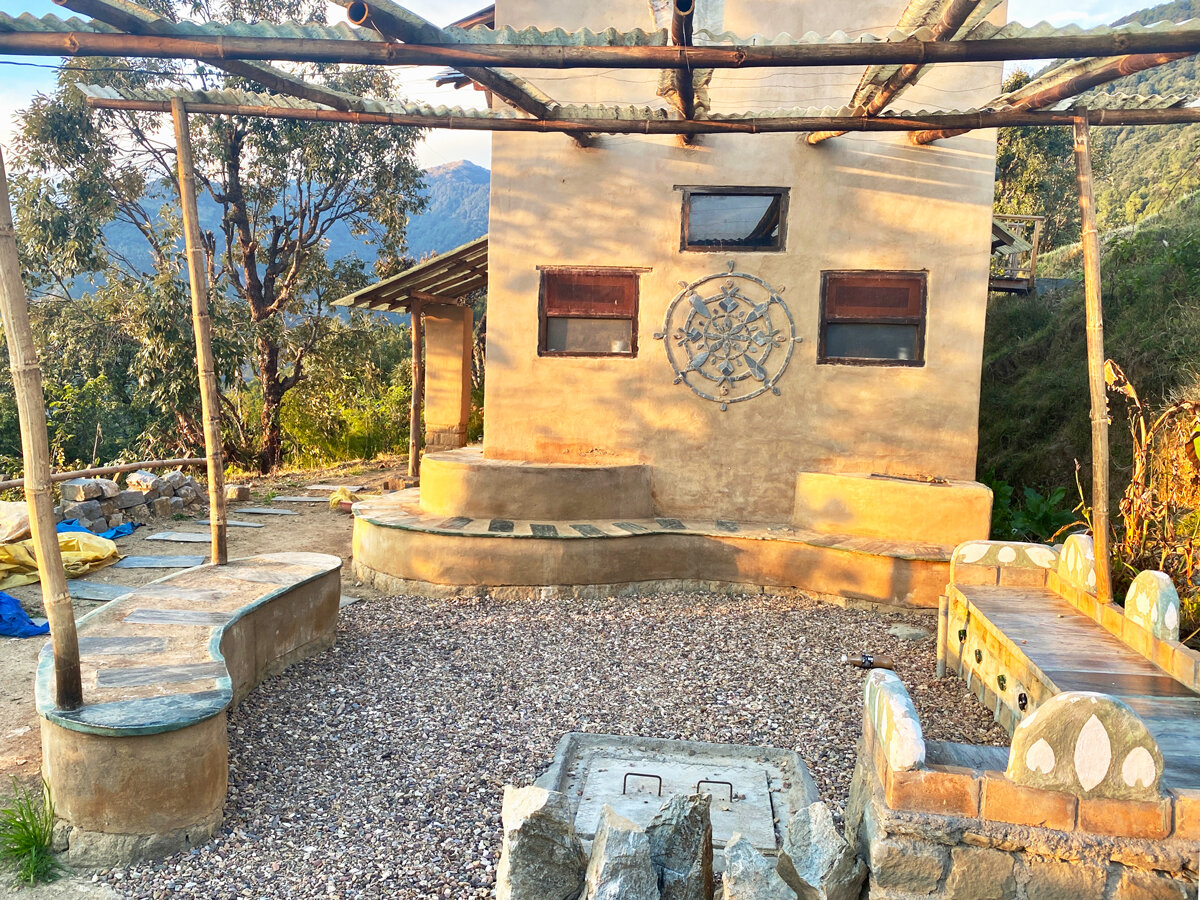
Designing an Outdoor Seating Area with Earth and Upcycled Waste
The latest addition to Dharmalaya Institute’s dormitory building is an outdoor seating area for al fresco classes and discussions. Dharmalaya architecture intern Anushka Joshi breaks down the process as part of our How-To series.
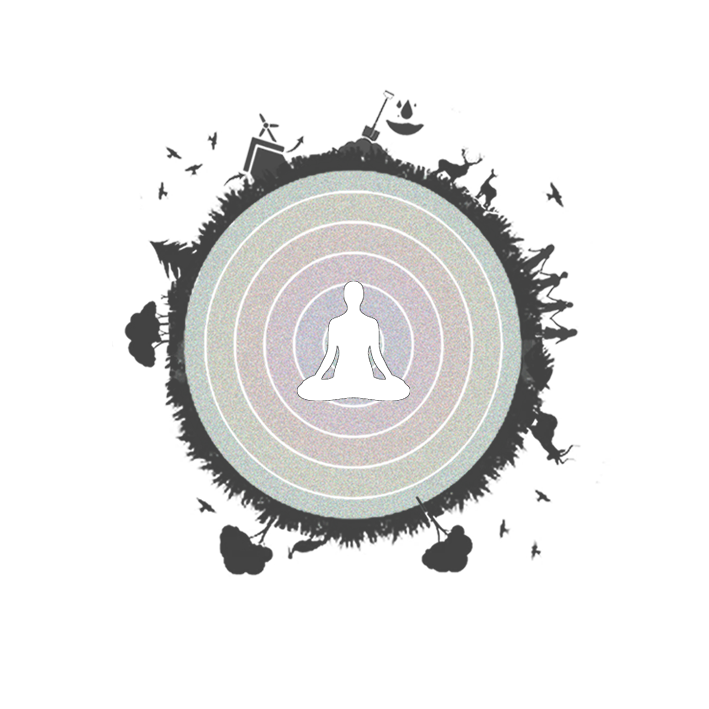
What is Compassionate Living?
Everything that matters most — from the quality of our character to the survival of our species and the health of our planet — depends greatly upon our practice of compassion.

What is Vernacular Eco-Architecture?
Around the globe, we are witnessing a renaissance of vernacular eco-architecture. A rising tide of people of all ages and backgrounds are awakening to both the urgent socio-ecological crises of our time and the potential for us to find solutions in our own rural traditions.

Tales of Human-Scale Education
In this article, visionary educator Arnie Langberg shares three stories from his days as Principal in two alternative schools in Denver, Colorado. These tales illustrate the critical roles that human connections play in creating effective learning communities.
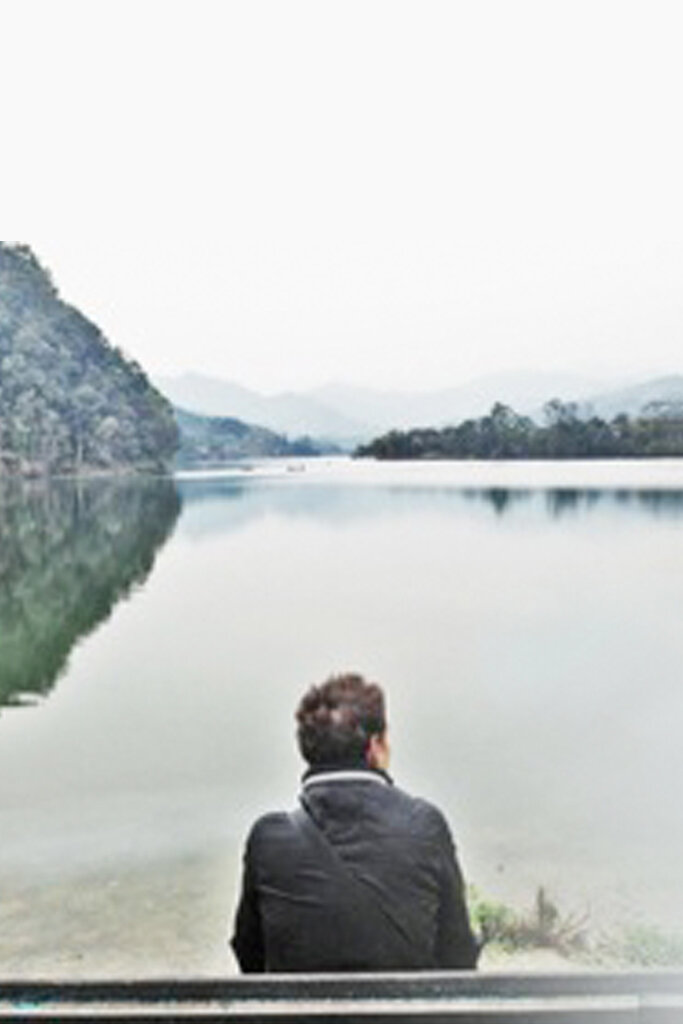
Making Space & The Art of Subtraction
One of the first things we learn in math class is the art of addition. Fast-forward and we’ve all graduated with a Masters degree in Addition. We buy, we collect, we consume, we swap, we take, we build, and we produce. Let's take it a notch up: How much can you subtract?

Organic Food: What & Why?
Organic food is completely natural, without any harmful chemicals. Growing food organically is much better than chemical-based agriculture for many reasons, including health, taste, cost, ecology, and more.
